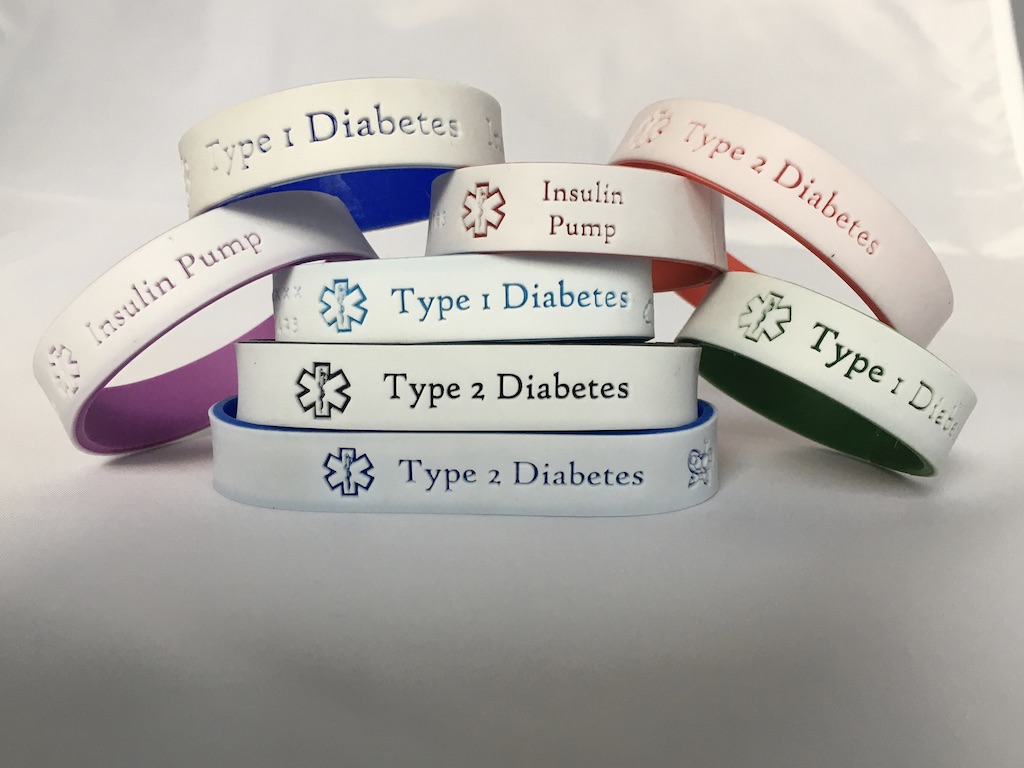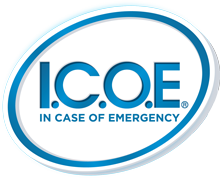
A Little About Diabetes
What is Diabetes?
Diabetes is a chronic disease that occurs either when the pancreas does not produce enough insulin OR when the body cannot effectively use the insulin it produces. Insulin is a hormone in the body that regulates blood sugar also known as glucose. According to the Mayo Clinic, glucose is vital to your health because it’s an important source of energy for the cells that make up your muscles and tissues. It’s also your brain’s main source of fuel. I hope that gets your attention!
Diabetes can lead to serious health problems, so the more you know about it the better.
Who Does it Affect?
According to the World Health Organization, the numbers are growing at a very rapid pace.
- 4X Growth Rate – 108 million in 1980 to 422 million in 2014.
- Globally, diabetes in those 18+ years old has risen from 4.7% in 1980 to 8.5% in 2014.
- The growth is predominantly in middle and low income countries.
- Diabetes was the cause of death for 1.2 million people in 2016.
There are approximately 1.4 million cases of diabetes diagnosed each year. And 30 million Americans are living with the disease according to the American Diabetes Association.
The disease affects 9.4% of the U. S. population according to the Diabetes Institute Foundation so it’s literally about 1 in every 10 people you see on the street here. Type 1 Diabetes accounts for about 5% of all diagnosed cases of diabetes. Bottom line, it’s very prevalent and there is no cure today for Diabetes – either Type.
Two Types of Diabetes
There is Type 1 and Type 2 diabetes and they are very different. Diabetes Type 1 is an autoimmune disease where insulin is not produced and Type 2 is where the body doesn’t use insulin properly.
Type 2 Diabetes
Type 2 Diabetes is the most common form of diabetes around the world. And according to the World Health Organization is “largely the result of excess body weight and physical inactivity”. That tells me we should be able to prevent it if we take action or “get physical” before it has a grip on you.
Type 1 Diabetes
This used to be called “juvenile diabetes” because it usually develops in children and teenagers. Type 1 Diabetes is the most severe form of diabetes and requires insulin be administered daily. It’s an autoimmune disease where the body attacks insulin-producing cells. Basically the body does not get energy from food without insulin. And without insulin, sugar stays in the blood and builds up. If untreated, high blood sugar levels can damage eyes, kidneys, nerves, and the heart, and can also lead to coma and death.
Type 1 Diabetes strikes suddenly and is not preventable and there is no known cure at this time. Juvenile Diabetes Research Foundation is working diligently to discover a cure along with other associations.
For more information about the difference between Type 1 and Type 2 Diabetes, and to learn more: healthprep.com/diabetes , Diabetes Research Institute, World Health Organization, Mayo Clinic,
2017 Diabetes National Statistics Report

No matter which type of diabetes you or your family may have,
you should wear a medical bracelet. And I.C.O.E. Bracelets make all sorts of Diabetic Medical Alert Bracelets like in the photos. We can also add-on a fun design so it’s more pleasant to wear – particularly for children.
The key is to have an indicator on your person that you are diabetic should you have a medical emergency. The bracelets have your emergency contact numbers engraved so your loved ones will be contacted if there’s a medical emergency.
Until Next Time!
About the Author: Michele Redmon is the owner of I.C.O.E. Bracelets. She loves the peace of mind these bracelets provide to parents, grandparents and children. With customer service a priority, she loves talking to her customers so drop her a line at mailto:mredmon@icoebracelets.com.

